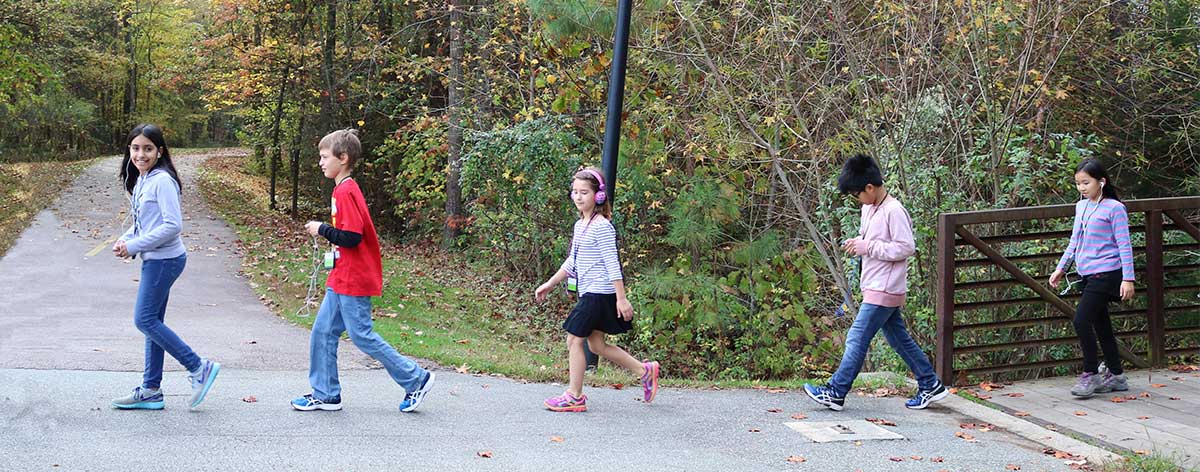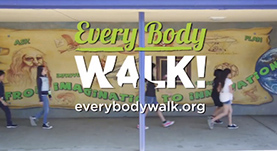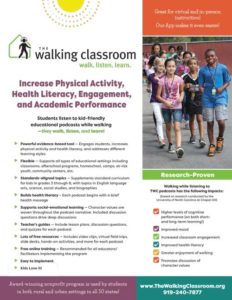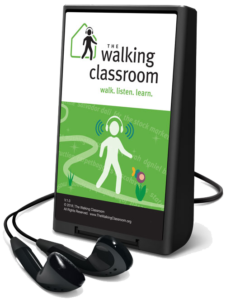The national award-winning Walking Classroom program provides students and teachers with an innovative way to get exercise without sacrificing instructional time. The evidence-based nonprofit program’s “Walk, Listen, and Learn” methodology capitalizes on the favorable link between exercise and cognitive function.
Perfect for students in grades 3 through 8!
The program can be used in:
- Classrooms
- Out-of-school time programs
- Summer programs
- And other educational settings
›› Watch a live or on-demand webinar
How The Walking Classroom Program Works
The Walking Classroom program is simple: Students take brisk 20-minute walks as a class while listening to the same custom-written, kid-friendly podcast that comes preloaded on their WalkKit (audio player). Each podcast episode begins with a brief health literacy message and includes a character value woven throughout the narrative. The lesson plans and quizzes in the available Program Guide help educators effectively discuss and review the podcast material.
Aligned to state standards, the podcast topics are appropriate for students in grades 3–8. Podcasts topics include English language arts, social studies, science, and more.
Our WalkKit audio players can be shared among classes and reused year after year.
Podcast Topics
Check out the full list of Walking Classroom educational podcast topics and their related health messages and character values below.
![]()
›› Click here to listen to sample podcasts
The positive link between exercise and cognitive function
In addition to the obvious health benefits of walking, there is much research confirming the link between exercise and cognitive function. Students return to the classroom in better moods, more focused, and more likely to engage in post-walk discussions. Teachers regularly report that after implementing The Walking Classroom, students retain the information better, demonstrate better behavior and engagement in the classroom, and perform better on standardized exams.
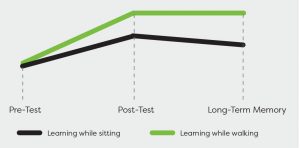 ›› Read this research study done by researchers at the University of North Carolina at Chapel Hill confirming the positive impact of walking on learning.
›› Read this research study done by researchers at the University of North Carolina at Chapel Hill confirming the positive impact of walking on learning.
While all students benefit from the increased activity and educational content of The Walking Classroom, inactive children and children with low academic achievement stand to benefit the most. The Walking Classroom also provides teachers and out-of-school time professionals with an innovative tool to meet the needs of their students with alternative learning styles such as ADHD, dyslexia, and/or autism.


